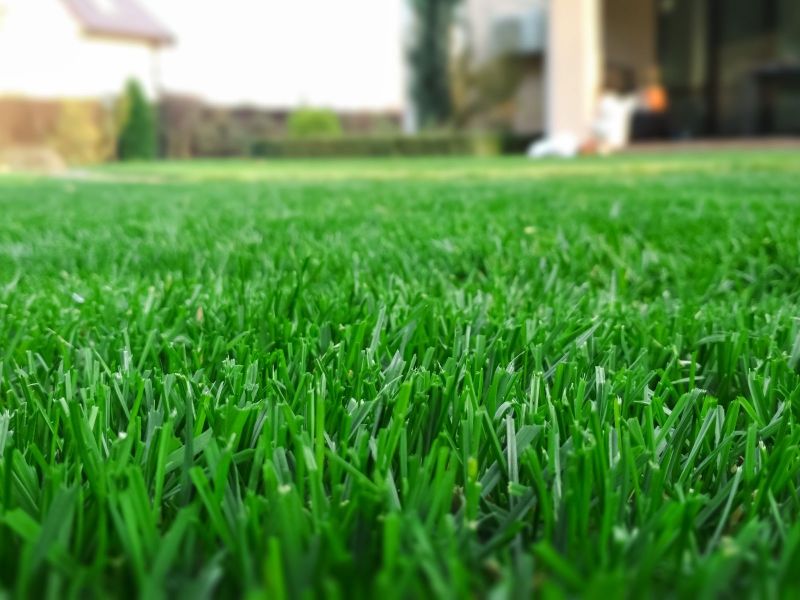People often think of the quality of air and their lawn's health as separate entities. One is indoors, while one is outdoors; one has no direct contact with the other. However, it is not that simple. There are many ways in which air quality can affect your lawn, and here are some great tips that you can use to fight back against this deadly combination.
- Watering More Often
Quite often, people take their lawn care too seriously; they want to ensure everything is perfect and don't correctly water their lawn to achieve their exact standards. Well, that's a mistake; you need to know when enough is enough. Some people wait too long to water their lawn, or only do it on the weekend because they are not paying attention. They are so used to killing their grass under high humidity conditions that they think their lawn can't handle anything else. And, of course, they don't get the desired result.
- Not Over Fertilizing
If you have established your fertilizing schedule, make sure that you stick to it. Just because air quality is poor in your area doesn't mean that your lawn needs additional doses of fertilizer. When the concentration of fertilizer is higher in the soil than what's required, the excess nutrients either escape through leaching or the plants themselves take them up. Either way, what matters is that they are not available to feed your lawn when it's most needed.
- Watering At The Right Times
It's not just about watering more often; you also need to know the best time to water your lawn. If you have ever lived in a region with very high air pollution, there is a good chance that you have problems with your property. For example, there may be yellow spots, or they might be completely dead-looking. If you can find out why this is happening, you can take action to prevent it from happening again. Also, you must water your lawn when the sun is shining, at the two to three-hour interval, as this is when you will receive the maximum benefit.
- Weed Control
If you have a lot of weeds on your lawn, there is a good chance that you are doing something wrong. However, there is no point in eliminating them together; instead, you need to stop fertilizing for a couple of weeks and see if that helps. If not, go back on it because the weed will die. Also, make sure you don't overuse herbicides, because they may also lead to yellow spots.
- Minimize Chemical Pesticides
The truth is that chemicals work. They do. However, they are not entirely environmentally-friendly. They kill and get rid of insects that can harm your lawn, and they also keep the number of weeds low, but at the same time, they enter your soil and water table. The more chemicals you use, the worse it will be to deal with them later on.
- Aeration Layer
If you have tried to aerate your lawn, you will know it is challenging work. Not only do you need to get a professional lawn aerator (which is not so cheap), but you also have to spend a lot of time and money on it. If it were always like that, no one would do it. But the fact is that aeration is essential, especially in regions where there is a lot of air pollution. The aeration layer helps give your lawn the oxygen it needs; it also has other benefits, such as preventing thatch accumulation, which can be harmful to your grass.
The main takeaway is that even if air quality is poor, your lawn might not suffer. All it takes is to be aware of the weather and ensure you keep things in check. For example, if you know that a storm is coming and the air quality will drop significantly, you should ensure that you water your lawn more often. Air quality is something that we tend not to think about too much, but it can wreak havoc on the delicate balance of our lawns if we don't take care of the problem early enough. By following the tips in this article, you can make sure your lawn stays healthy and looks good for years to come.

